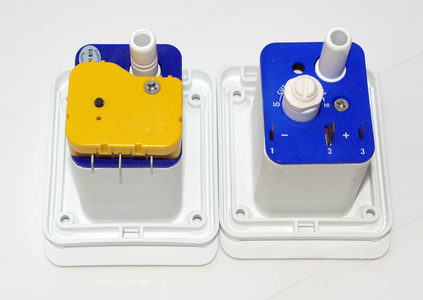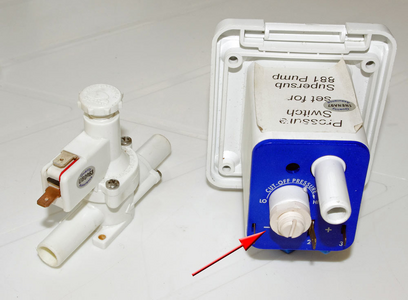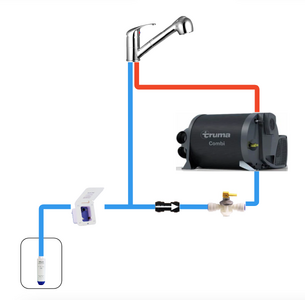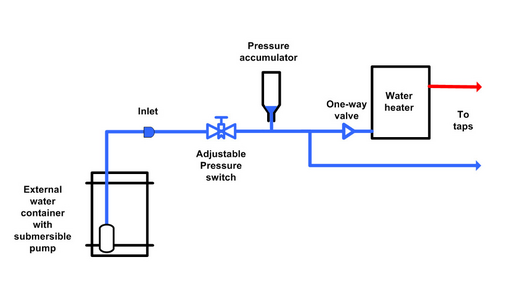Hi all, I'm hoping this is the best place to ask this question...
I recently sold my Bailey UN3 Cartagena and have bought a van to convert into a camper. As we've had caravans for years I want to set it up like my old caravans with regard to the water system i.e. have an aquaroll and submersible Whale pump/socket.
Despite spending a considerable amount of time with my head under various caravan sofas sorting out issues with water systems, now I need to build a water system from memory I'm finding it hard to recall what is needed. I have tried Googling water system diagrams but struggling to find anything that doesn't have an inboard water tank or internal pressure pump.
Can anyone point me in the direction of a diagram or even a photo of the internal layout of the water system on a caravan that uses an external Whale submersible pump and non-microswitch taps. Many thanks in advance to anyone who might be able to help!
Paul
I recently sold my Bailey UN3 Cartagena and have bought a van to convert into a camper. As we've had caravans for years I want to set it up like my old caravans with regard to the water system i.e. have an aquaroll and submersible Whale pump/socket.
Despite spending a considerable amount of time with my head under various caravan sofas sorting out issues with water systems, now I need to build a water system from memory I'm finding it hard to recall what is needed. I have tried Googling water system diagrams but struggling to find anything that doesn't have an inboard water tank or internal pressure pump.
Can anyone point me in the direction of a diagram or even a photo of the internal layout of the water system on a caravan that uses an external Whale submersible pump and non-microswitch taps. Many thanks in advance to anyone who might be able to help!
Paul







